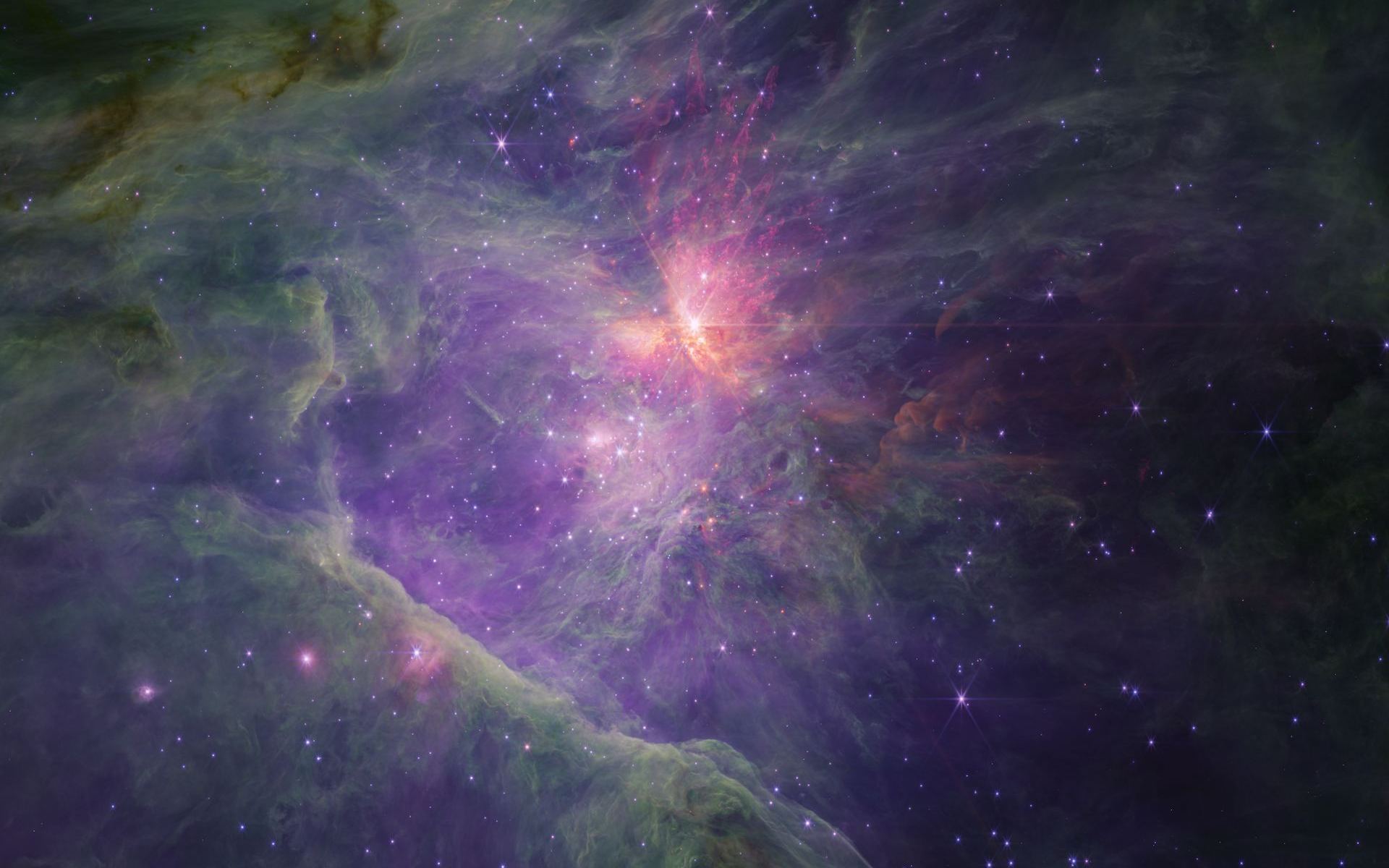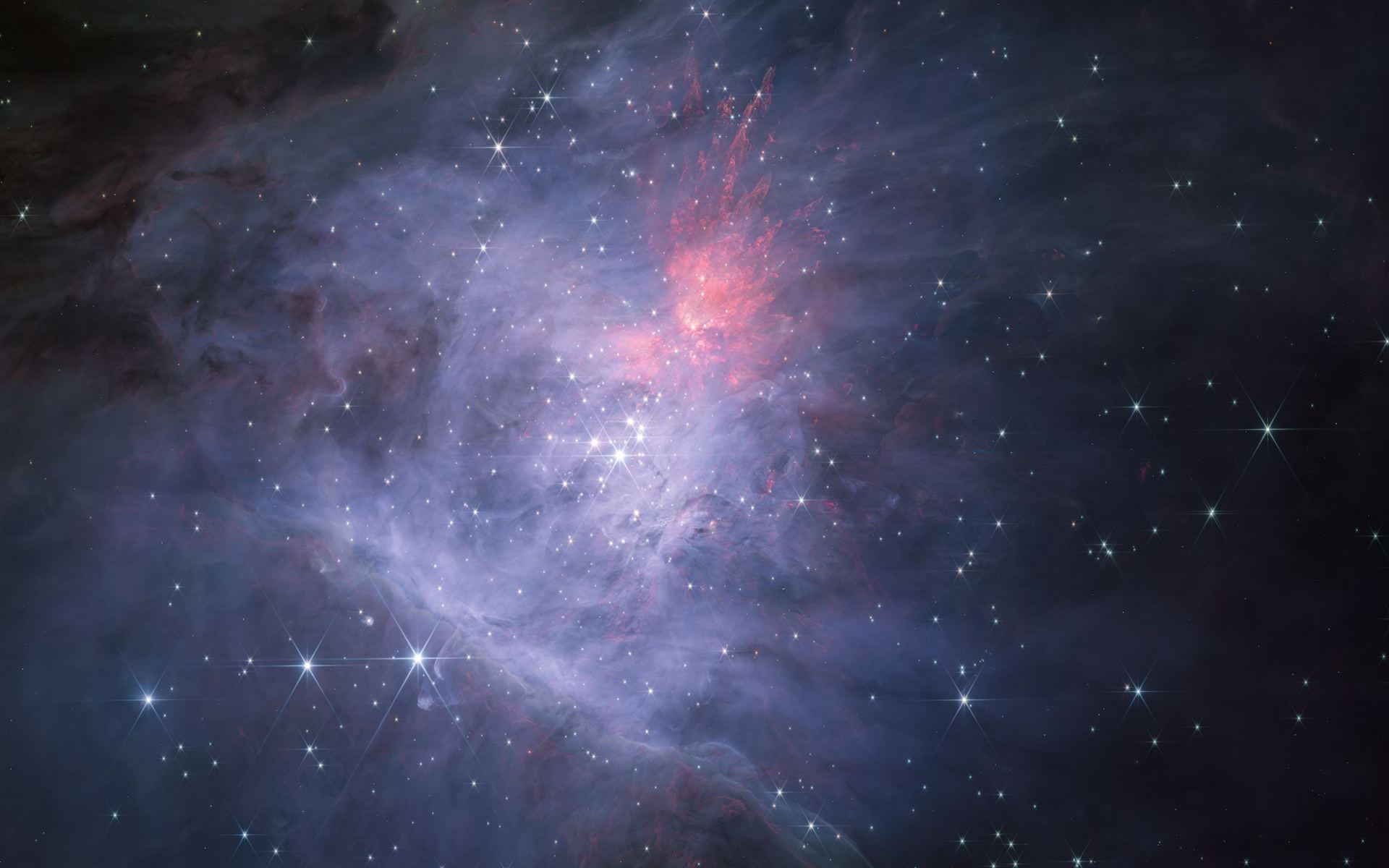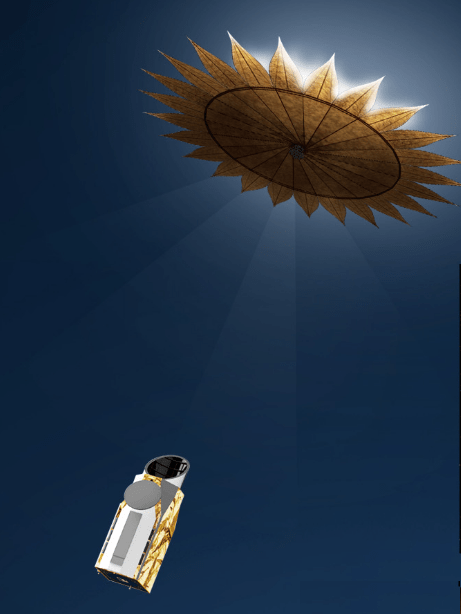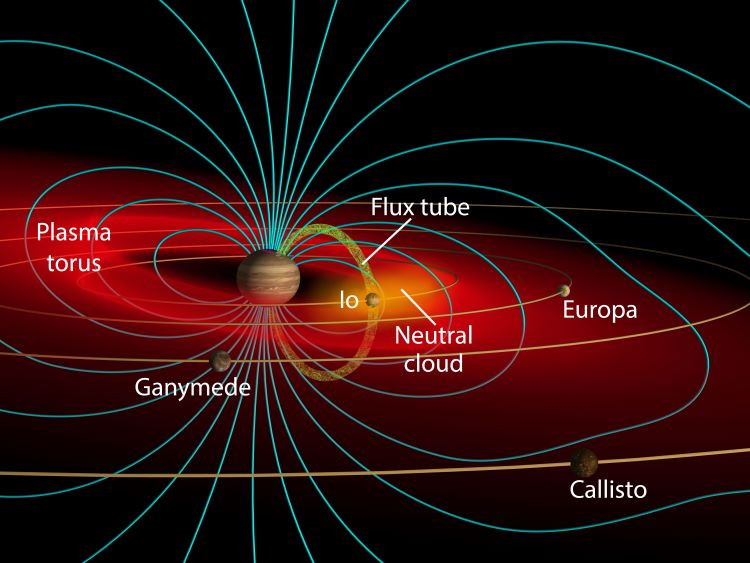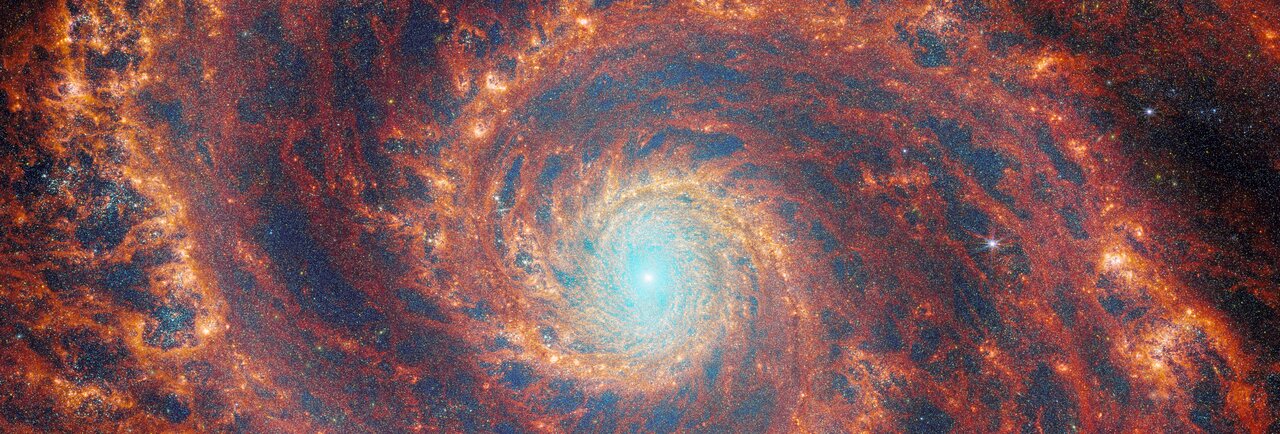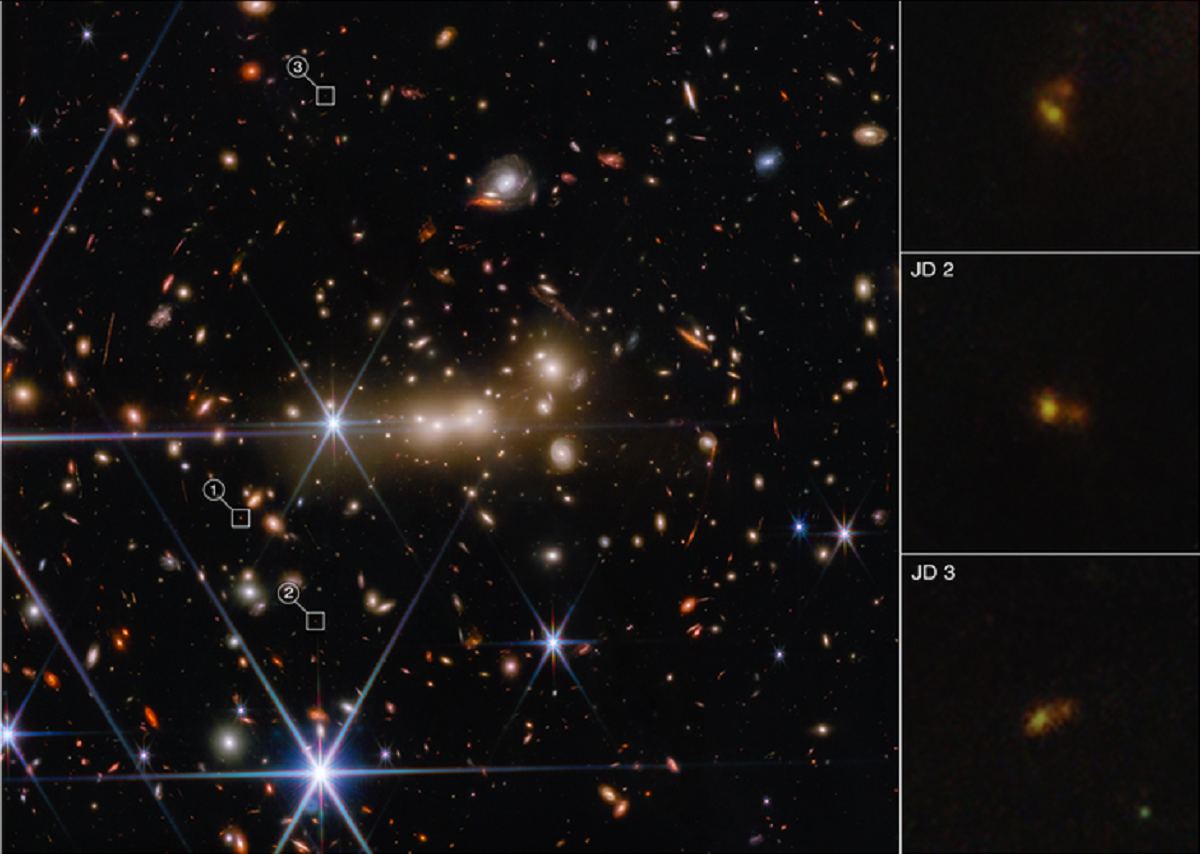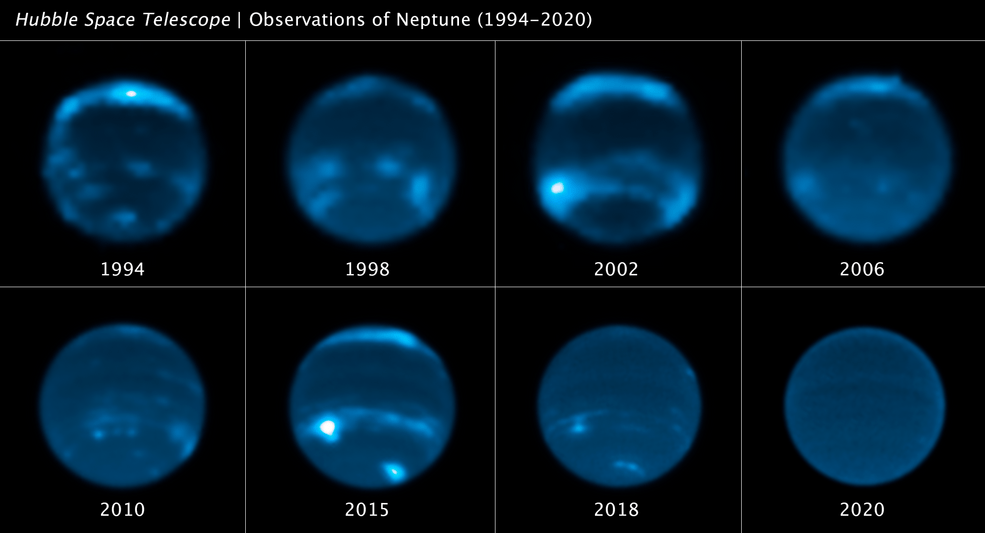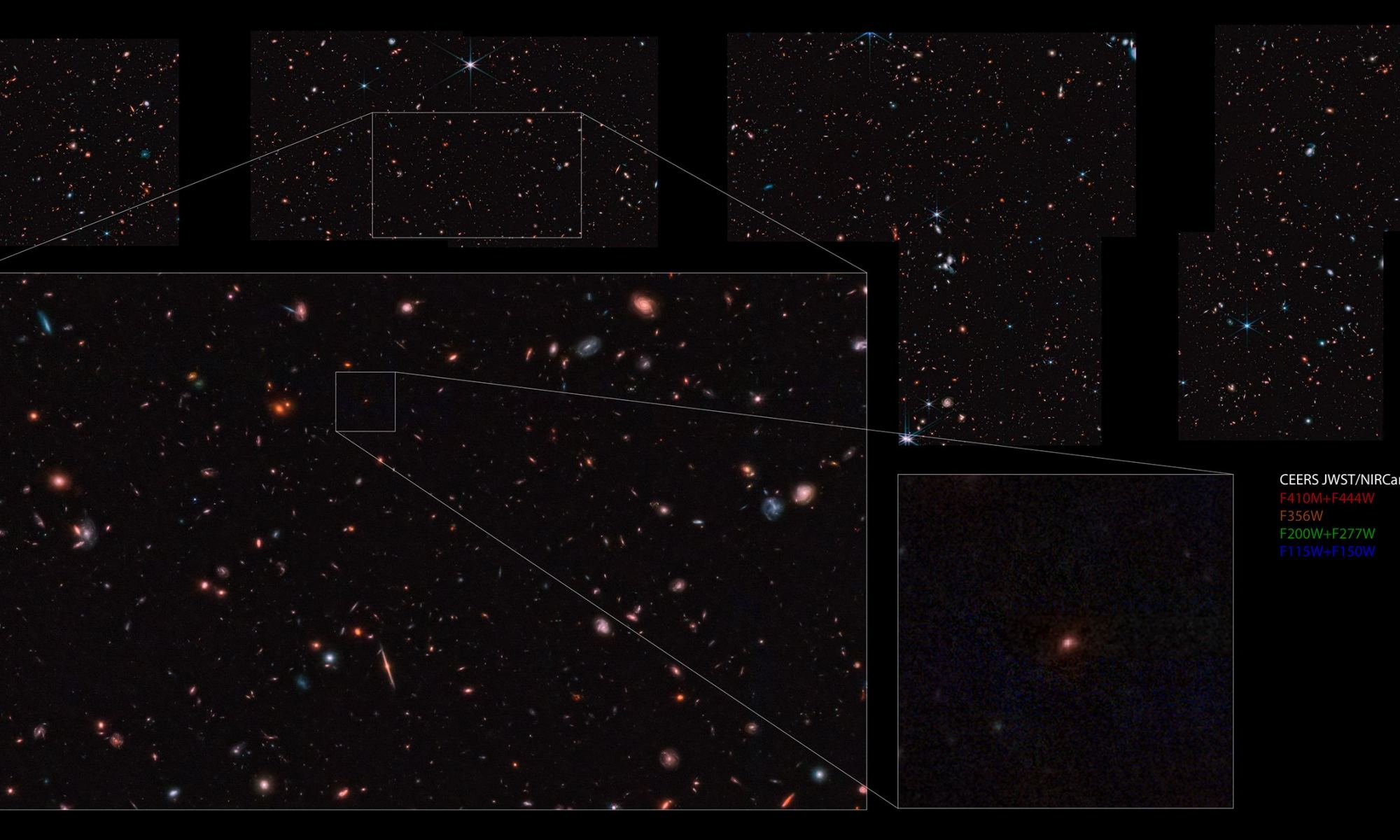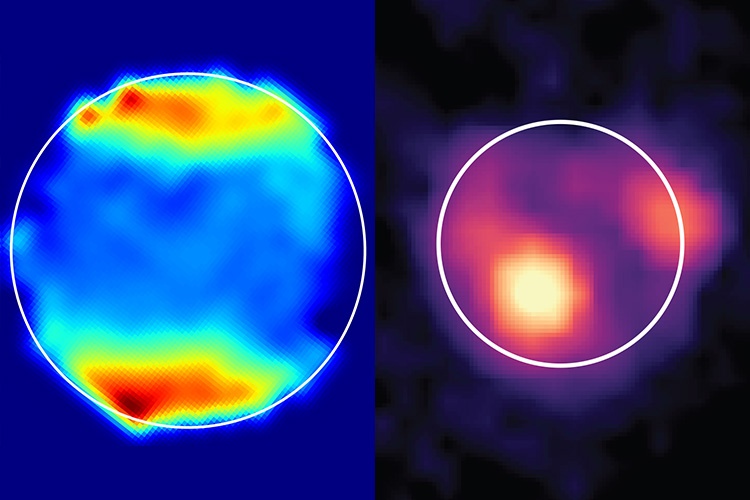On July 12th, 2022, in an event live-streamed from the NASA Goddard Spaceflight Center, the James Webb Space Telescope’s (JWST) first images were released! Among them was the most detailed image of SMACS 0723, showing galaxy clusters and the gravitational lenses they produced. These lenses allowed astronomers to see deeper into the cosmos and spot galaxies as they appeared less than one billion years after the Big Bang (ca. 13 billion years ago). Upon further examination, however, they noticed something rather surprising about these early galaxies: they were much larger than expected!
According to the standard model of cosmology, the earliest galaxies in the Universe did not have enough time to become as bright, massive, and mature as they appeared. This raised many questions about our cosmological models and whether or not the Universe was older than previously thought. According to new simulations by a Northwestern University-led team of astrophysicists, these galaxies may not be so massive after all. According to their findings, they appear larger due to irregular and very bright bursts of star formation.
Continue reading “Those Impossibly Massive Early Galaxies Might Just Be Surprisingly Bright”

